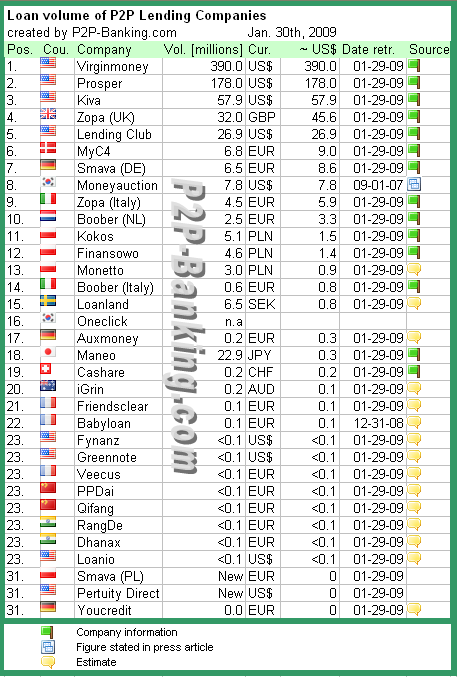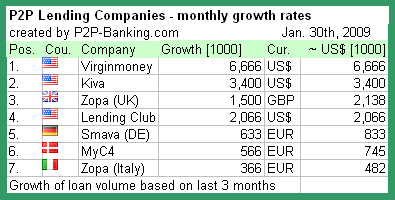I am blogging this live while listening to the Kiva conference call. Kiva plans a loan matching program, where lenders and institutions can opt to automatically match loans made by other lenders.
Some statements/explanations from the conference call:
- Today 6 or 7 people out of 100 that visit the Kiva website actually make a loan (conversion rate)
- Lenders can select to match any loan, or select loans by criteria
- Lenders can opt to match immediately or only if they have periods of inactivity
- Minimum account balance allows to reserve some money in the account (only balance over this minimum is used for matching)
- Donations to the Kiva organisation are mandatory(!) when using the matching feature
Kiva says the new feature allows to automate the lending process and hopes that it inspires others to lend more.
The matching program will probably be launched in summer 2009.
On terms of automation there are similarities to the autobid feature MYC4 has.
See the following presentation for more details on the plans.
On other issues, there was the message that chances are good, that the Ebony Foundation (a MFI) repays outstanding loans (approx. 40,000 US$).

 In today’s conference call,
In today’s conference call, 
